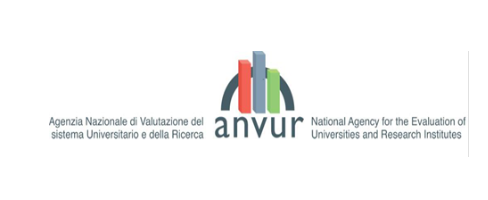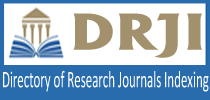INTERNATIONAL MIGRATION AND POPULATION CHANGES IN MOLDOVA
DOI:
https://doi.org/10.36004/nier.es.2021.2-08Abstract
The article focuses on analyzing the implications of international migration on changes in the number and structure of the population in Moldova in the 2014-2020 period. The paper is based on revised data on the population with habitual residence and international migration. The research methodology consists of estimating and analyzing specific indicators of migration and population: emigration and immigration rates, gross and net migration rates, age specific net migration rates by sex, population growth rate and others.
Results show that the emigration rate during this period increased from 43 to 58 emigrants per 1000 population. The cumulative negative net migration is -221.3 thousand people or -7.71% of the population of 2014. The level of mobility of Moldova's population is higher than that of the population of Moscow or Luxembourg. The share of women involved in the migration process is lower than that of men. Youth (aged 20-34) make up a third of the annual flow of emigrants, while return migration increases at pre-retirement ages. At the same time, there is an increase in the number of children involved in international migration, which indicates the increase in migration of families to establish residence abroad. The population of Moldova decreased by -225.3 thousand people in 2014-2020 or by 7.9%. The population decline rate varies between 0.9-1.8% annually. The article concludes that the most important contribution to population decline is negative international migration. Population decline remains the biggest demographic challenge for Moldova.
Downloads
References
Cangiano, A. (2019). Briefing: The Impact of Migration on UK Population Growth. https://migrationobservatory.ox.ac.uk/wp-content/uploads/2016/04/Briefing-The-Impact-of-Migration-on-UK-Population-Growth-Dec-2019.pdf
Gagauz, O., Stratan, A., Buciuceanu-Vrabie, M., Penina, O., Ciubotaru, V., & Cheianu-Andrei, D. (2016). Population Situation Analysis in the Republic of Moldova (p. 174). Chisinau. https://moldova.unfpa.org/sites/default/files/pub-pdf/PSA_engleza.pdf
National Research Council (U.S.), Bongaarts, J., & Bulatao, R. A. (Eds.). (2000). Beyond six billion: Forecasting the world’s population. National Academy Press.
Penina, O., Jdanov, D. A., & Grigoriev, P. (2015). Producing reliable mortality estimates in the context of distorted population statistics: The case of Moldova (WP-2015-011; 0 ed., p. WP-2015-011). Max Planck Institute for Demographic Research. https://doi.org/10.4054/MPIDR-WP-2015-011
Poalelungi, O., & Mazur, J. (2017). Extended migration profile of the Republic of Moldova 2010-2015: Overview of migration trends for the period 2005-2015: analytical report. International Organization for Migration, Mission to Moldova.
Scherbov, S., Mamolo, M., Potančoková, M., Sobotka, T., & Zeman, K. (2016). European Demographic Datasheet 2016 [Other]. Wittgenstein Centre (IIASA, VID/OEAW, WU), Vienna. http://www.populationeurope.org/about
Tabac, T., & Gagauz, O. (2020). Migration from Moldova: Trajectories and Implications for the Country of Origin. In M. Denisenko, S. Strozza, & M. Light (Eds.), Migration from the Newly Independent States (pp. 143–168). Springer International Publishing. https://doi.org/10.1007/978-3-030-36075-7_7
United Nations. (n.d.). World Population Prospects—Population Division—United Nations. Department of Economic and Social Affairs. Retrieved 27 January 2022, from https://population.un.org/wpp/Download/Standard/Population/
United Nations (Ed.). (1998). Recommendations on statistics of international migration. United Nations.
Zaiceva, A., & Zimmermann, K. F. (2014). Migration and the Demographic Shift. 74.
Зиверт, С., Захаров, С. В., & Клингхольц, Р. (2011). Исчезающая мировая держава. Демографическое будущее России и других бывших союзных государств. Berlin Institute for Population and Development. https://publications.hse.ru/books/69691826
Щербакова, Е. (2020). В 2019 году за счет миграционного обмена со странами СНГ увеличилось население 76 регионов, за счет обмена с другими регионами России—19. Демоскоп Weekly. http://www.demoscope.ru/weekly/2020/0851/barom04.php















